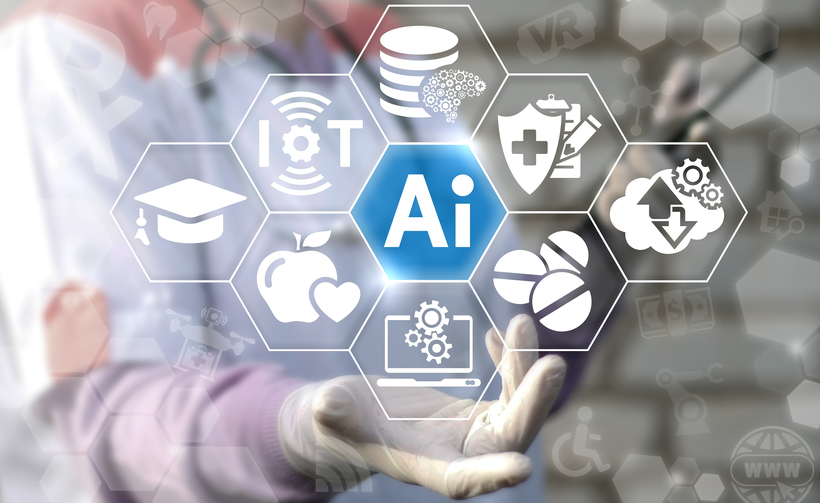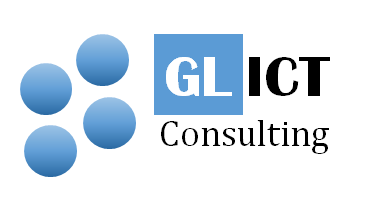
Automation brings opportunities for lifelong learning, with the line between learning and working becoming increasingly blurred. This means that we need to be prepared to master new ways to approach our current jobs or transition into new ones as automation changes the way we work and the roles we play. There are currently many discussions and reports on which jobs will be threatened by automation over the next 20 years as exemplified by a recent article from the Australian Computer Society, however there is no clear answer today as to which job will become obsolete and by when.
However, rather than sit and wait for our jobs to become obsolete, we can take a pro-active approach by reframing our perspective from the “threat of automation” to the “opportunity for augmentation”. Augmentation means investigating how human capabilities can be enhanced by machines to improve people’s quality of life in work and home environments. As published in a Harvard Business Review article in 2015, authors Davenport and Kirby introduced five paths for people to consider in maintaining their employability with an augmentation mindset:
1. Step-Up. Managers can prepare by obtaining a higher level of education or knowledge to broaden their work perspectives
2. Step-Aside. People who are creative can become more intuitive by broadening their experiences, e.g. through on the job development or apprenticeships
3. Step-In. Domain experts can improve their capabilities to monitor and intervene to optimise the performance of machines
4. Step-Narrowly. People with specialist skills that cannot be replicated by computerisation or machines can focus on niche areas they have a passion for
5. Step Forward. People who are “digitally innovative” can stay ahead and look for opportunities for automation to complement human strengths and contribute to society
The best way to respond to change is with flexibility and fluidity. Instead of seeing machines taking over the greater share of the economic pie, people should think of the possibilities for innovative employment. By following the five paths, knowledge workers will see machines as collaborators for solving challenging problems, relieving people from straightforward and time-consuming tasks and enabling them to focus on the work that takes their enterprises forward.
Reference:
Davenport, T. & Kirby, J. (2015). Beyond Automation: Strategies for Remaining Gainfully Employed in an Era of Very Smart Machines. Harvard Business Review.
